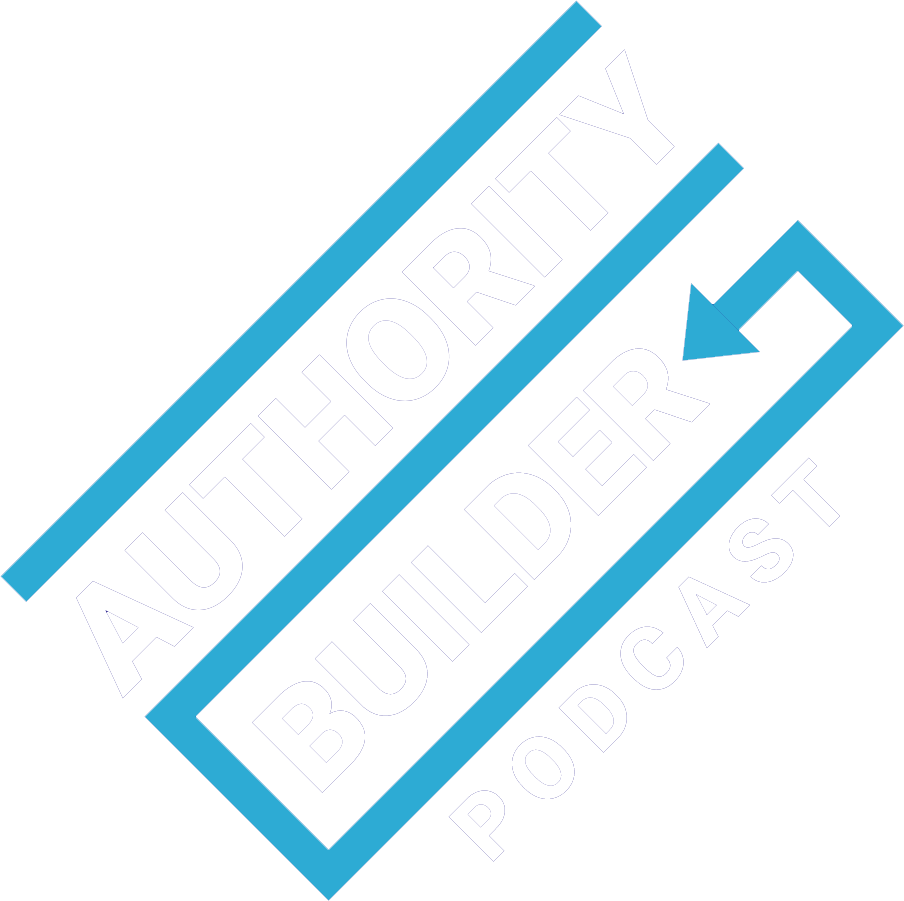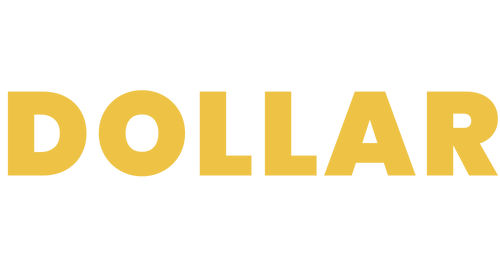If you went on a vacation for a week… would your business grind to a halt? That means you have an owner-centric business, says David Jenyns. And you need to change the way things are run so you can work on the business – and not so much in it.
David, founder of systemHUB and creator of the SYSTEMology methodology, says putting the right systems in place and empowering your team will free you up to be more strategic, spur growth, and increase the business’s value.
Best of all, your business can run profitably without you… giving you the true freedom to do whatever you want, whenever you want.
And yes, you can even implement systems if you offer professional services.
We get into the details of how to actually implement David’s methodology, including…
- Warning signs of an owner-centric business
- The biggest limitation to business growth – and how to overcome it
- How to determine what to systemize first (and why you need less systems than you think)
- The 3 steps to creating effective systems – and how your team fits into the process
- And more
Listen now…


